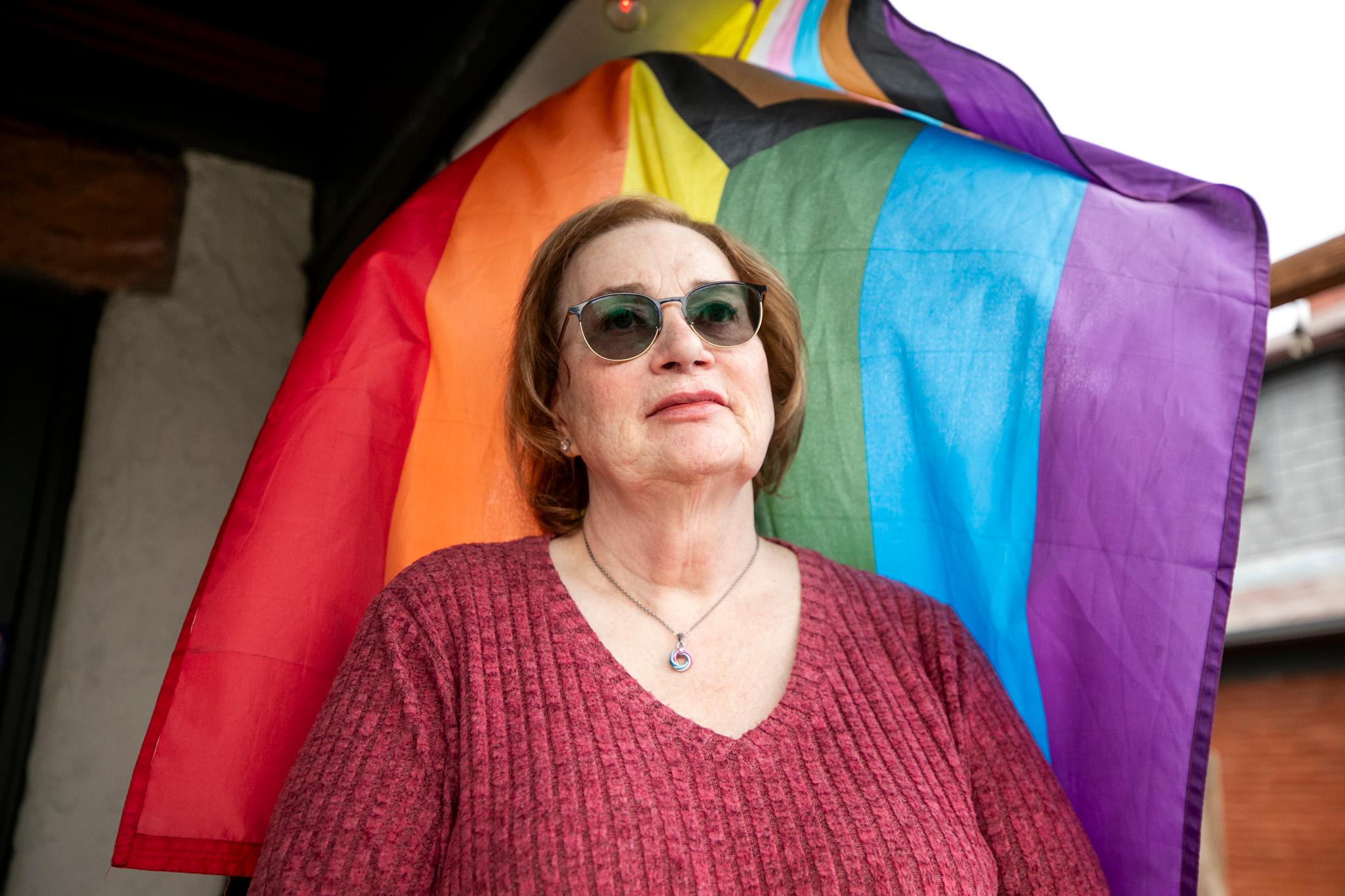
In its few years of existence, Colorado’s Front Range Passenger Rail Commission has done a flurry of work — from ridership forecasts and cost estimates to some commissioners pushing for a public vote to raise funds to build the long dreamed of train from Pueblo to Fort Collins.
That vote has not yet happened. And that’s OK, one commissioner said at a meeting Friday, because the commission first needs to answer a very basic question: What does it want to accomplish?
“If we don't wrap our mind around that and have consensus there, we're going to miss the mark,” said DJ Mitchell, BNSF Railway’s assistant vice president for passenger operations.
That requires less technical analysis and more policy discussions about how a Front Range rail line would fit into the region’s future, he said.
A new rail line could achieve different things. Should it primarily be an alternative for rush-hour commuters on I-25? Should it connect the region’s densest commercial centers, or park-and-rides where land is cheaper? How would it fit in with the existing transportation network? Answers to questions like that would inform the technical side, like how frequently trains should run and how much new infrastructure is needed.
Mitchell said he’s seen other efforts to build large infrastructure projects run into trouble when leaders made premature promises to the public.
“People were optimistic. They thought they could get through a process a lot quicker than turned out to be true. They didn't know enough about the details to clearly understand where some of the landmines were,” Mitchell said. “So they made promises to folks respective to timelines and costs that could not be delivered. And then it cast a shadow on the entire effort."
Though Mitchell did not mention it specifically, that exact scenario has played out in the Denver area over the last decade and a half.
The Regional Transportation District does not have enough money to finish all of its 2004 FasTracks plan to build more than a hundred miles of light and commuter rail lines, including an extension of the B Line to Boulder and Longmont. That’s led to intense political pressure on the agency from prominent politicians including Gov. Jared Polis and U.S. Rep. Joe Neguse.
"I think, to some extent, that's what DJ was commenting on,” said Jim Souby, president of the Colorado Rail Passenger Association and chair of the Southwest Chief and Front Range Passenger Rail Commission.
Mitchell’s company, BNSF Railway, owns some of the track that could be used for a Front Range passenger rail line, including the track RTD intended to use for its B Line. In 2011, the railway told RTD it would cost $535 million to use that line — much more than RTD had anticipated. A key reason why, a BNSF executive told The Denver Post in 2012, was the 55 one-way trips a day RTD has planned — a number high enough to cause costly disruptions to BNSF’s own operations.
RTD’s failure to complete the FasTracks lines has given some politicians pause on the Front Range rail project, including the former House Speaker KC Becker. Polis specifically mentioned a potential Front Range rail ballot measure, and the need to keep promises made to voters, when pressuring RTD to finish the line earlier in February.
The two projects could end up being intertwined. One potential route would put Front Range rail through Longmont and Boulder, which could reduce costs for RTD’s B Line. The two parties are discussing formalizing their relationship, possibly through a memorandum of understanding, said Bill Van Meter, RTD’s assistant general manager for planning.
"We recognize we can help the state and Front Range Passenger Rail,” Van Meter said. “And we recognize, in return, that can help us advance our FasTracks priorities."
Collaborating with RTD — and finishing the B Line — is very important to legislative leaders, Souby said.
“I think it’s essential that at least the commission and RTD get our act together and pledge that we’re going to work this out in a way that we both benefit from,” he said.
But, he added, “These aren't problems. These are opportunities.”







